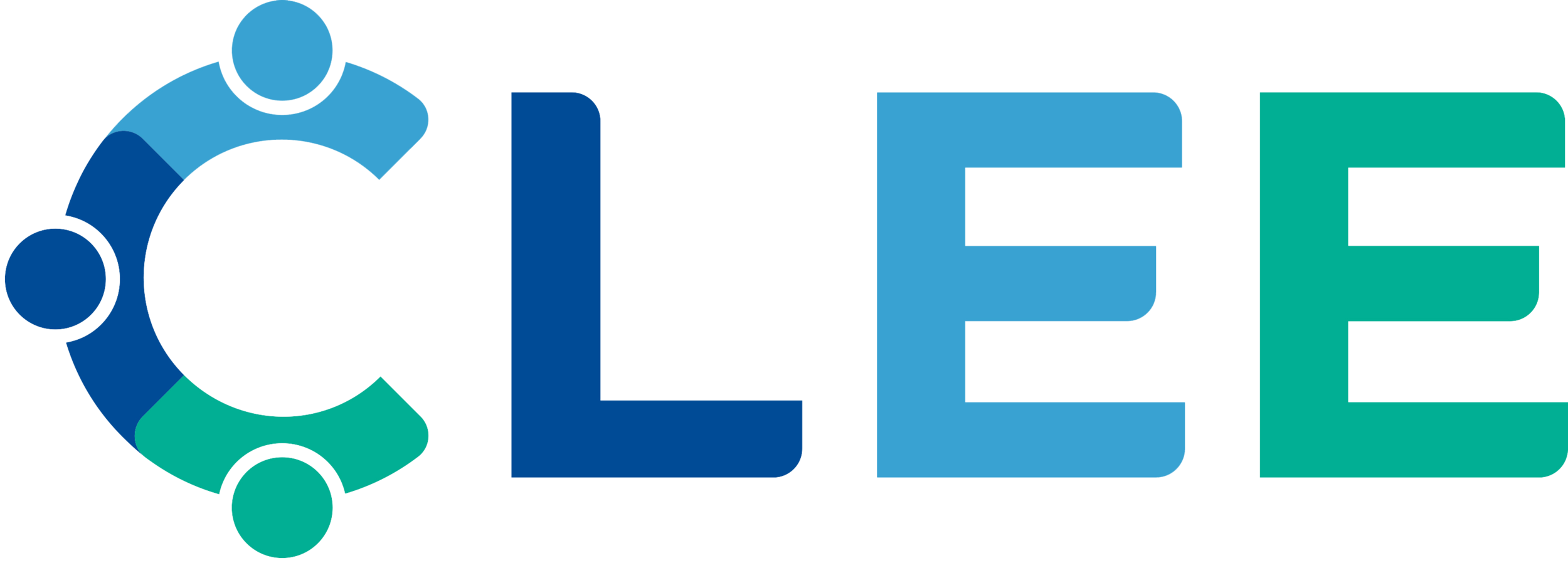Improve Online Experiences Using Adult Learning Theory
Improve Online Experiences Using Adult Learning Theory
How can we make learning experiences more enriching and time-effective? Like schools, CLEE looks toward ever-advancing technology to support our efforts. Recently, CLEE launched a new learning management system (LMS) to support the educators we serve. One of our biggest areas of learning is how important it is to design learning experiences in the LMS that utilize adult learning theory.
The main purpose in implementing an LMS was to allow our participants to use their limited time more effectively by engaging in dynamic learning and collaboration at any time that suited their needs. CLEE’s LMS can support both asynchronous and synchronous learning opportunities by applying adult learning theory or andragogical principles, and best practices. Our aim is to support participants' learning and their ability to apply it to enhance their professional learning communities' impact on student learning.
CLEE designed the LMS based on Jane Vella’s Four A’s of Adult Learning: Anchor, Add, Apply, and Away (Vela, 2008). We seek to anchor the content within the learner’s experience, add new information, apply the learning in a new way, and take that learning back to their communities and contexts.
The anchor connects content and tasks to the learner’s experience.
The add part of the learning design emphasizes adding new and meaningful content.
The apply part of the learning design supports learners to create additional meaningful opportunities to work with the new information, material, and content.
The away part of the learning design allows for learners to make commitments to new behaviors and practices.
By designing learning and experiences through the Four A’s of Adult Learning, CLEE supports learners to:
develop a mature understanding of themselves and their communities
facilitate meaningful relationships with others in the community
develop a growth-minded and dynamic disposition toward their learning
conceptualize a deeper understanding of the why of learning
understand their ability to make changes and impact students
Use their limited time effectively through anytime learning

